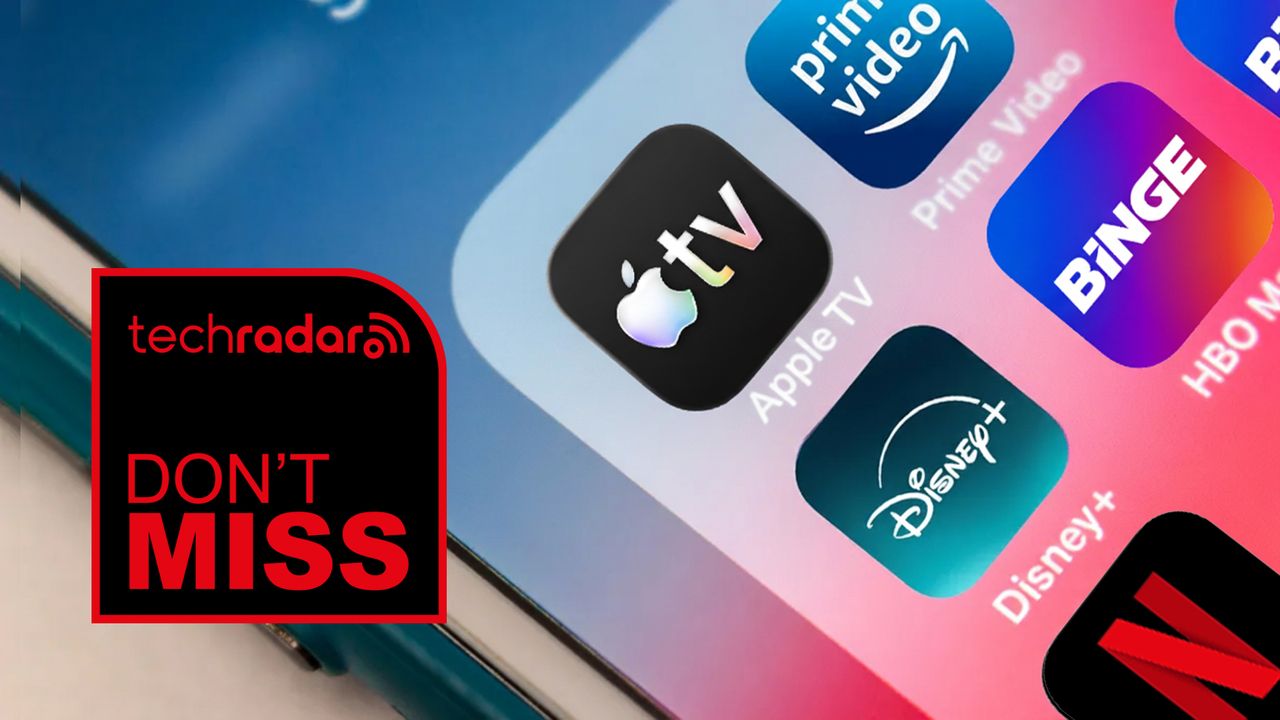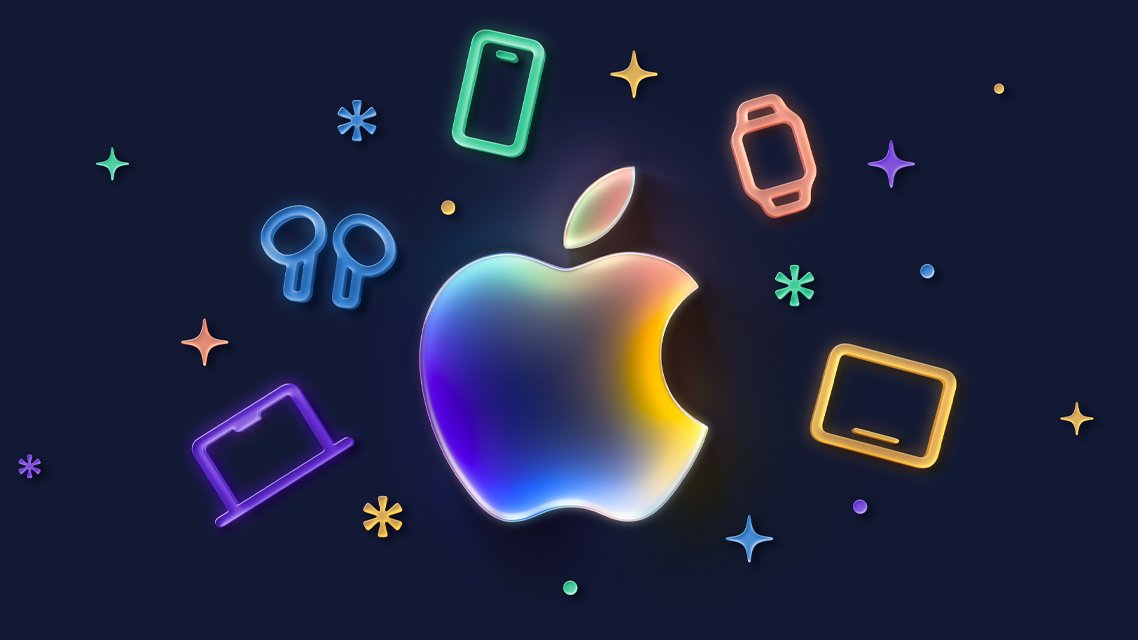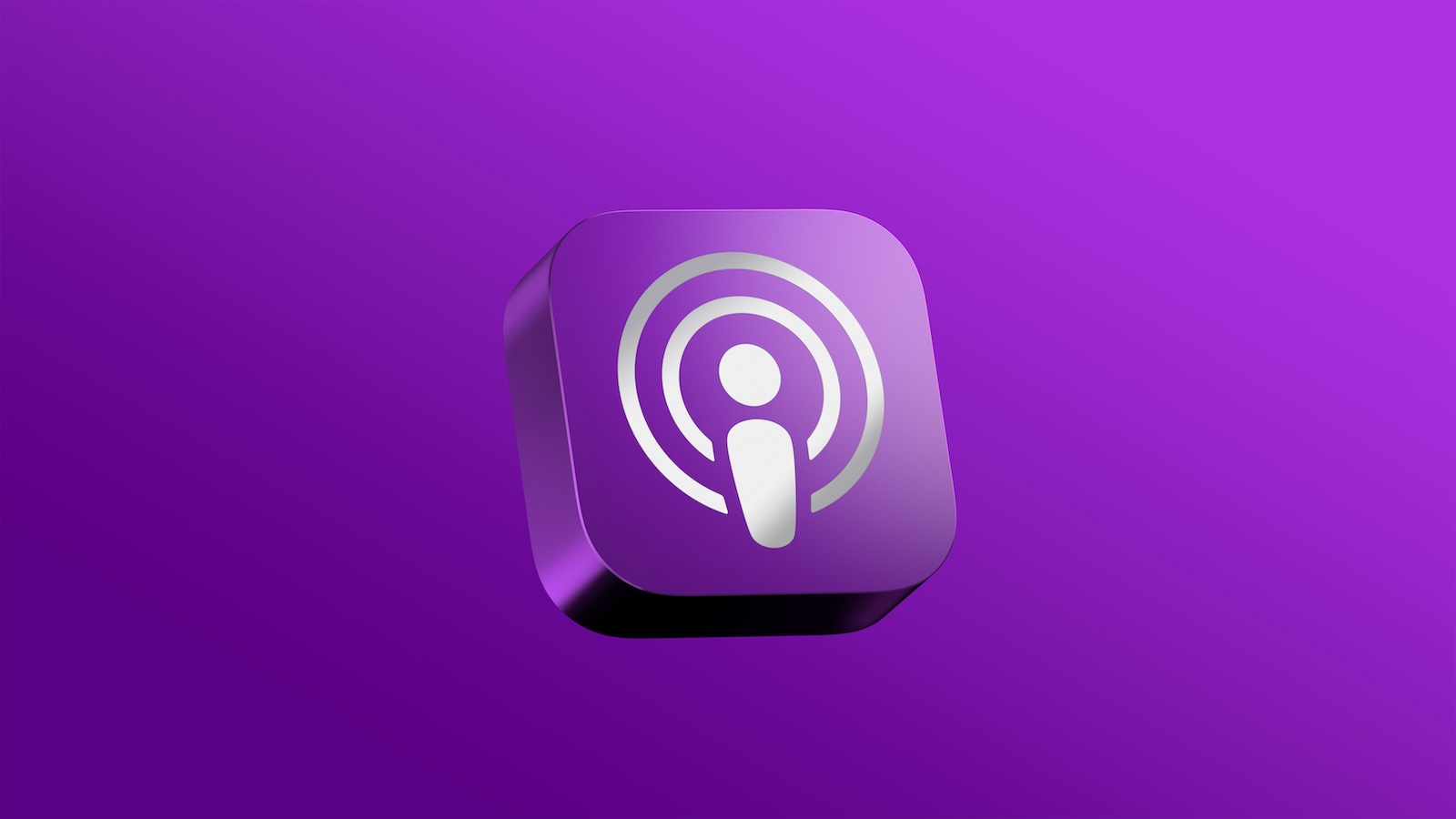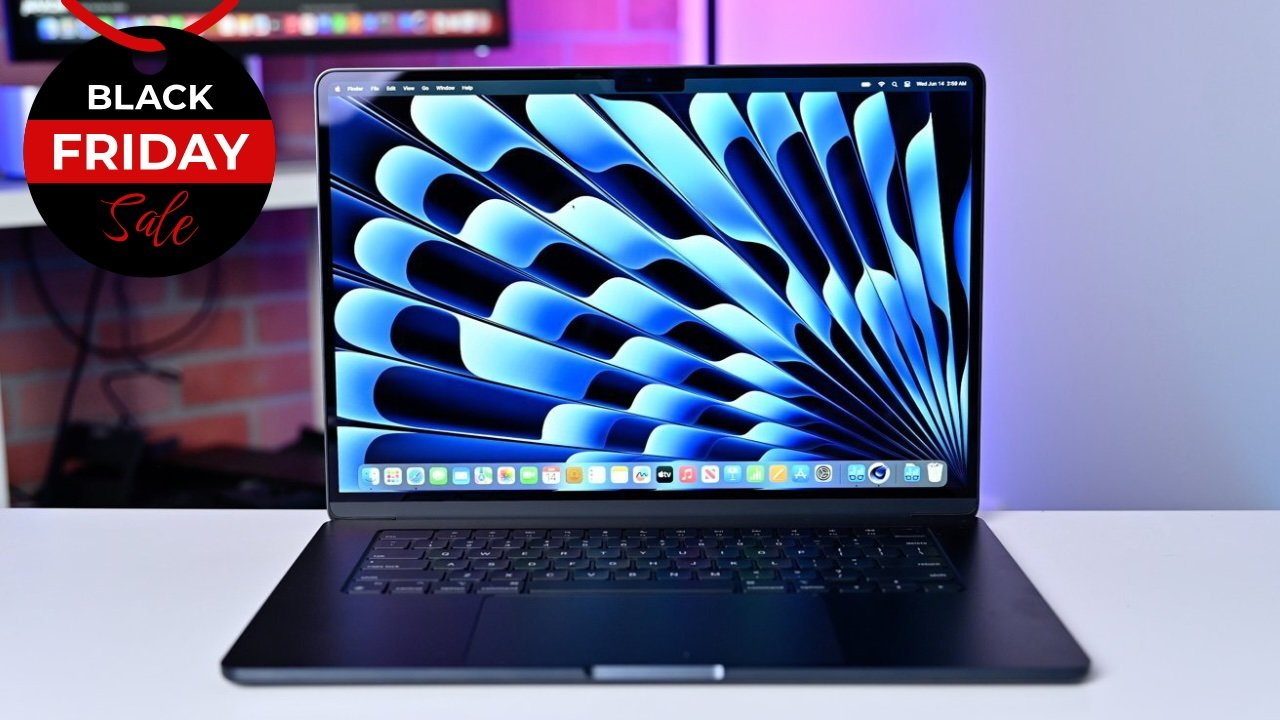
From Amazon to Zappos, the 50 best Black Friday sales to shop in 2025
Black Friday deals are live at retailers across the internet (and brick-and-mortar stores). These are the best sales to shop for Black Friday 2025.

Black Friday deals are live at retailers across the internet (and brick-and-mortar stores). These are the best sales to shop for Black Friday 2025.

Black Friday deals are everywhere, but I think the hottest category is streaming. Right now you can get Apple TV, Binge and Disney+ for a monthly cost that's cheaper than Netflix's standard tier.

Kang Yoon-seung / Yonhap News Agency : Sources: South Korean authorities suspect North Korean hacking group Lazarus of the $30M+ Upbit hack, which used methods resembling those of a 2019 Upbit theft — North Korean hacking group Lazarus is suspected to be behind a recent breach of around 45 billion won (US$30.6 million) …

Apple's annual four-day Black Friday through Cyber Monday shopping event is now live in many countries, including the United States, Canada, Australia, New Zealand, France, Germany, Italy, Spain, the United Kingdom, Belgium, the Netherlands, and others. Now through Monday, December 1, customers can get an Apple gift card with the purchase of an eligible product at an Apple Store, in the Apple Store app, and on Apple.com. However, the gift card can only be used towards future purchases, and higher immediate discounts are frequently available at Amazon and other resellers. In the United States, Apple is offering gift cards worth up to $250 with the purchase of an eligible iPhone, iPad, Mac, Apple Watch, Apple TV, HomePod, AirPods, Beats headphones and speakers, Apple Pencil Pro, and select Magic Keyboards for iPads. As usual, many of Apple's newer products are excluded from the offer, including the iPhone 17, iPhone 17 Pro, iPhone 17 Pro Max, iPhone Air, Apple Watch Ultra 3, iPad Pro with M5 chip, MacBook Pro with M5 chip, and Vision Pro with M5 chip. Refurbished products are ineligible too, and the offer cannot be combined with educational pricing. We have listed the gift card values in the United States below. $25 Apple Gift Card: AirPods 4 AirPods 4 with Active Noise Cancellation Apple TV 4K Beats Pill Magic Keyboard Folio for iPad (A16 chip) Magic Keyboard for 11-inch iPad Air Magic Keyboard for 13-inch iPad Air Apple Pencil Pro $50 Apple Gift Card: iPhone 16e iPad (A16 chip) iPad mini Apple Watch SE 3 Apple Watch Series 11 AirPods Pro 3 Full-size HomePod Beats Studio Pro Beats Solo 4 Beats Studio Buds + Powerbeats Pro 2 $75 Apple Gift Card: iPhone 16 iPhone 16 Plus AirPods Max $100 Apple Gift Card: Mac mini 11-inch iPad Air 13-inch iPad Air $150 Apple Gift Card: iMac $175 Apple Gift Card: 13-inch MacBook Air (M4 chip) $200 Apple Gift Card: 15-inch MacBook Air (M4 chip) $250 Apple Gift Card: 14-inch MacBook Pro (M4 Pro chip) 14-inch MacBook Pro (M4 Max chip) 16-inch MacBook Pro (M4 Pro chip) 16-inch MacBook Pro (M4 Max chip) Black Friday is one of the few occasions per year when Apple directly offers deals on its products. As we mentioned, though, better deals are often available through resellers like Amazon, so make sure to check out our Black Friday deals tracker . Apple's all-in-one gift card can be used towards the purchase of products and accessories, subscription-based services like Apple Music and Apple TV, App Store apps, TV show and movie purchases and rentals, iCloud+ storage, and more. Apple's terms and conditions for the event outline more details. Related Roundup: Apple Black Friday Related Forum: Community Discussion This article, " Apple's Black Friday Event is Now Live, Here's What You Can Get " first appeared on MacRumors.com Discuss this article in our forums

Security researchers have identified suspicious activity in Apple's Podcasts app that could be used to deliver malicious content to users, based on a report by 404Media 's Joseph Cox . Cox's report describes some odd experiences with the Podcasts app that certainly suggest something untoward is going on across both iOS and macOS versions. He says that over recent months, the app has automatically launched and displayed unusual podcasts without his input. On Mac and iPhone, the app has opened religion, spirituality, and education podcasts for no apparent reason, in some cases even launching themselves the moment Cox unlocked his device. The podcasts in question often feature strange titles containing code fragments, URLs, and in some cases, attempts at cross-site scripting attacks. Objective-See security expert Patrick Wardle told Cox he was able to replicate similar behavior, but in his case via a website. "Simply visiting a website is enough to trigger Podcasts to open (and load a podcast of the attacker's choosing), and unlike other external app launches on macOS, no prompt or user approval is required," Wardle told 404 Media . One particularly concerning podcast apparently includes a link that redirects to a site attempting an XSS attack – a technique in which attackers inject malicious code into otherwise legitimate-looking websites. When visited, the site displays a pop-up acknowledging the XSS attempt. Wardle notes that while this behavior isn't immediately dangerous on its own, it creates an effective delivery mechanism if vulnerabilities do exist within the Podcasts app. "The level of probing shows that adversaries are actively evaluating the Podcasts app as a potential target," he said. The situation bears similarities to reports of Google Calendar spam from several years ago, where bad actors would add unsolicited events containing links or promotional content to users' calendars. Apple did not respond to Cox's multiple requests for comment about the issue. Has the Podcasts app exhibited similar unusual behaviour in your experience? Let us know in the comments. Tags: Apple Podcasts , Security This article, " PSA: Apple's Podcasts App May Be Enabling Malicious Content Delivery " first appeared on MacRumors.com Discuss this article in our forums

Francesco Guarascio / Reuters : Sources: Vietnam's recent Huawei and ZTE 5G equipment deals bolster its ties with China following US tariffs, but could undermine US trust in Vietnam's networks — China's leading telecommunication firms Huawei and ZTE (000063.SZ) have won a string of contracts this year to supply 5G equipment in Vietnam …

Francesco Guarascio / Reuters : Sources: Vietnam's recent Huawei and ZTE 5G equipment deals bolster its ties with China following US tariffs, but could undermine US trust in Vietnam's networks — China's leading telecommunication firms Huawei and ZTE (000063.SZ) have won a string of contracts this year to supply 5G equipment in Vietnam …

One of the most powerful MacBook Air configurations is down to $1,669 in an exclusive Black Friday deal that drops the 15-inch M4 model with 32GB of RAM and 1TB of storage by $330. Grab the lowest price on record for this 15-inch MacBook Air 32GB, 1TB spec. The 15-inch MacBook Air M4 is Apple's most capable Air to date, and this upgrade-heavy configuration doesn't go on sale often. The discount totals $330 off retail, but it only works when you open the activation link in a desktop or laptop browser. B&H's mobile app won't trigger the savings. Continue Reading on AppleInsider | Discuss on our Forums

One of the most powerful MacBook Air configurations is down to $1,669 in an exclusive Black Friday deal that drops the 15-inch M4 model with 32GB of RAM and 1TB of storage by $330. Grab the lowest price on record for this 15-inch MacBook Air 32GB, 1TB spec. The 15-inch MacBook Air M4 is Apple's most capable Air to date, and this upgrade-heavy configuration doesn't go on sale often. The discount totals $330 off retail, but it only works when you open the activation link in a desktop or laptop browser. B&H's mobile app won't trigger the savings. Continue Reading on AppleInsider | Discuss on our Forums

Switching phones this weekend? Don't wipe your old device yet. Avoid these 3 common Google Photos mistakes to prevent permanent data loss.

Wrist problems from repetitive strain injury can creep up on you. One minute your wrist feels fine, then the next you’re in agony. That’s why it pays to think about your mouse and wrist before the worst happens. This Black Friday you can do that with the Logitech MX Vertical Wireless mouse . It’s on sale, currently marked down by 19 percent to $97.49. The Logitech MX Vertical is no ordinary mouse. It features an ergonomic design in a vertical orientation to take pressure off your wrist. The mouse angles your wrist in a natural handshake position that reduces muscular activity by 10 percent compared to a standard mouse. Your hand gets angled up at a 57-degree vertical angle that reduces the pressure on your wrist. All the while, your thumb stays positioned comfortably on the mouse’s thumb rest. It all sounds very different from a regular mouse, but I can assure you it’s all very comfortable. The Logitech MX Vertical Wireless has been independently tested, and it has the seal of approval from users and ergonomists alike. The comfy mouse’s hardware is also very impressive. It features advanced optical tracking with a 4,000 DPI high-precision sensor. A cursor speed switch also instantly adjusts DPI speed and accuracy with the touch of a button. This ergonomic mouse also comes with a textured surface for easy gripping. Its unique form fits a variety of hand shapes and sizes and allows users to adopt a natural grip. Snag the Logitech MX Vertical Wireless this Black Friday before it’s gone.

Which of these incredible Loop deals should you go for? Gain some clarity with my personal recommendations.

Ryan Gould / Bloomberg : How Motorola, which spun out its struggling smartphone business in 2011, successfully refocused on critical communication equipment, giving it a $60B market cap — Since spinning off its handset business, dealmaking has helped grow Motorola Solutions into a company worth more than $60 billion.

When 20 percent off the marked price means a whole $100 off, you’re laughing! That’s the discount going on the Kamrui Hyper H1 Mini Gaming PC this Black Friday, bringing it from its usual $499 down to $399. If you’re looking for a mini PC, it’s hard to find a better deal than that! This speedy mini PC isn’t trading price for value either. It comes with a powerful AMD Ryzen 7 6800H processor with clock speeds up to 4.7 GHz. That’s powerful enough to tear through everyday work and some basic gaming alike. Forget meager memory — this mini PC comes with 32GB of DDR5 RAM running at 4800MHz. It also features a full 1TB NVMe SSD for storing everything you need. This is a loaded mini PC for the price! The RAM is expandable to 64GB and the SSD is expandable too. Kamrui’s tiny computer supports up to three screens at once so that you can work, watch videos and game all at the same time. Since it’s a mini PC it has a tiny compact design that measures just 5.08 x 5.08 x 2.01 inches. That means it easily fits on a desk or next to a TV – so you don’t have to worry about clutter again. The Black Friday sale lasts only for a limited time, so get in quick to snag Kamrui’s bargain-priced mini PC before the sales end. Getting this much pint-sized PC power for this cheap is a deal you don’t want to miss.

Struggling to find a gift for a loved one this holiday season? Maybe a smart-home gadget could make them light up. These expert-picked deals are heavily discounted this Black Friday.

From prototyping to miniatures, now's the time to grab my favorite 3D printing deals for Black Friday.